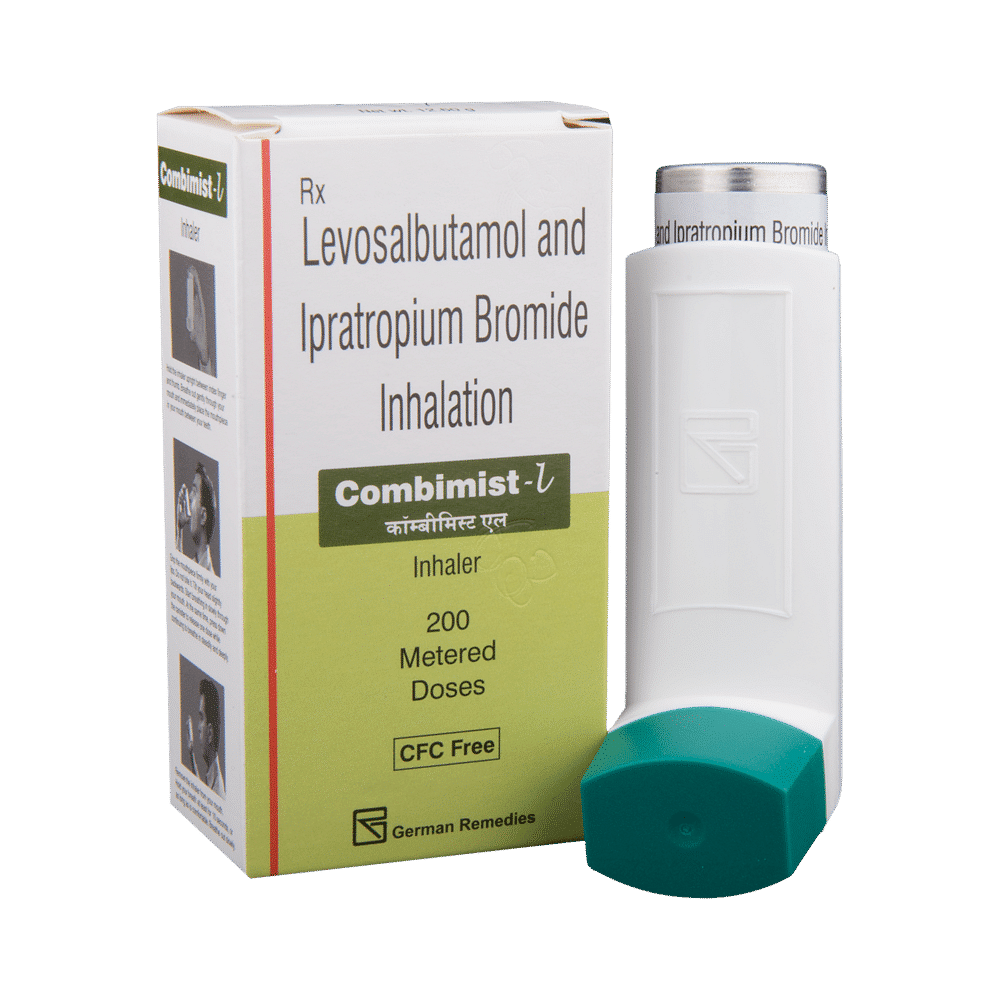
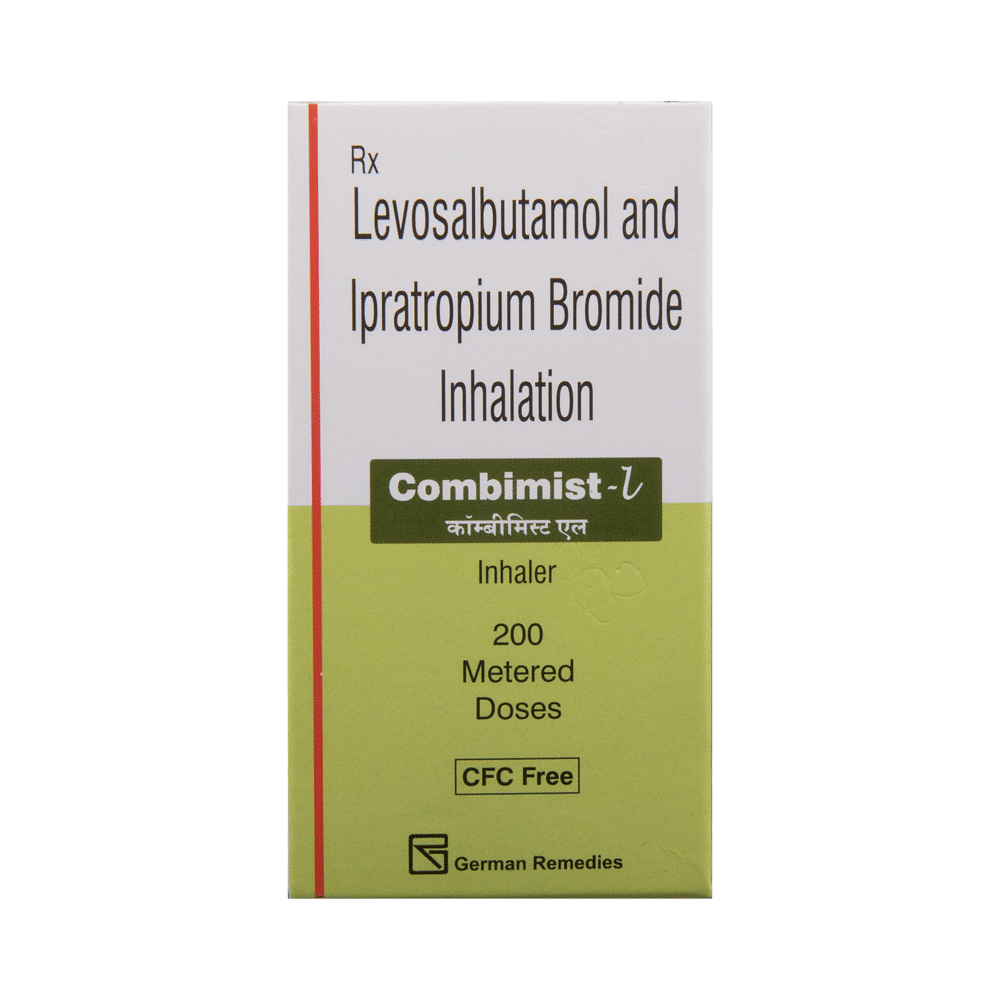
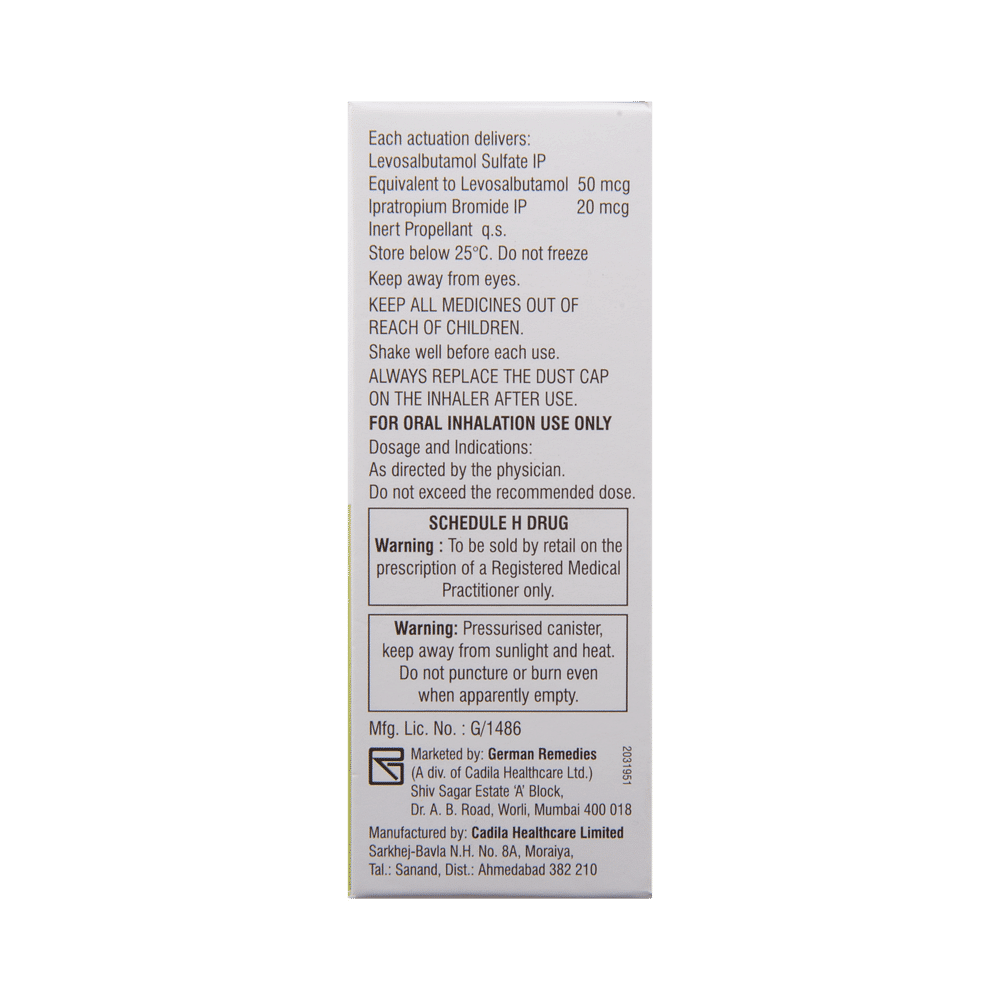

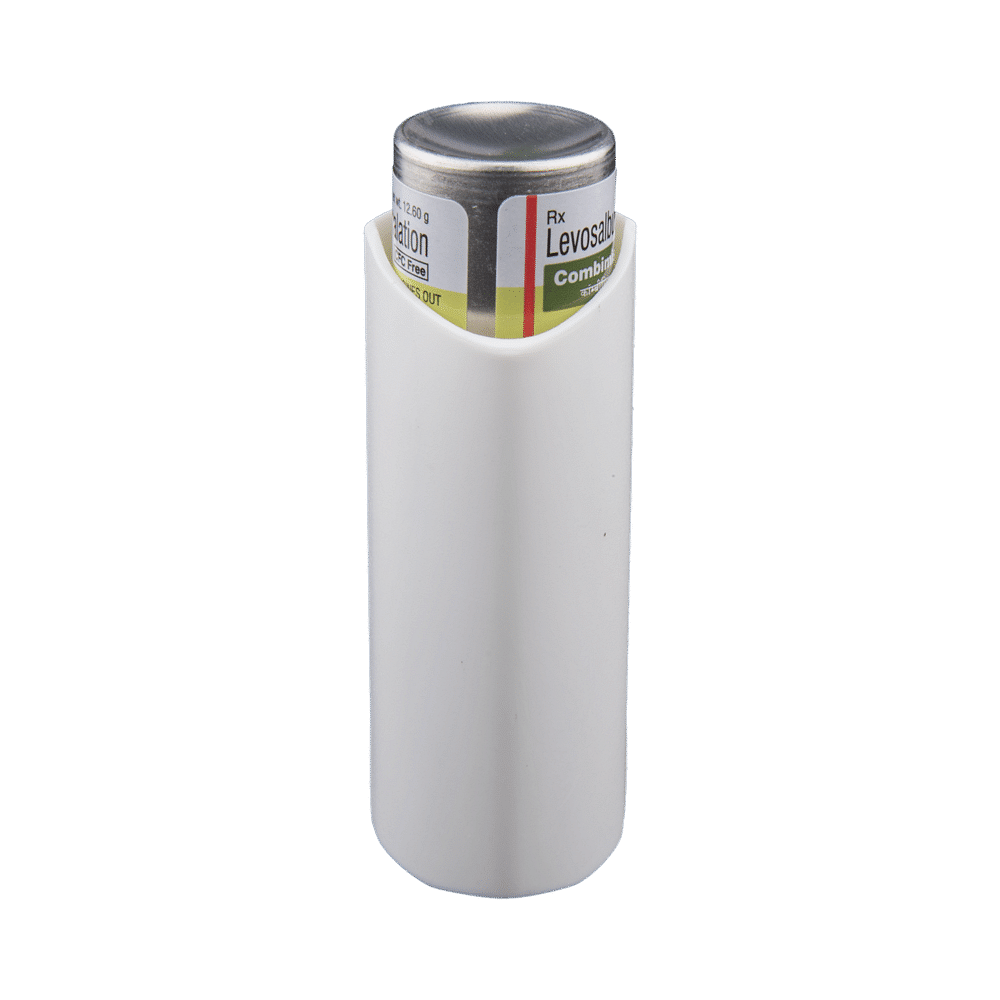
Combimist-L CFC Free Inhaler
Manufacturer
Zydus Cadila
Salt Composition
Levosalbutamol (50mcg) + Ipratropium (20mcg)
Key Information
Short Description
Combimist-L CFC Free Inhaler is used for the treatment of chronic obstructive pulmonary disorder (COPD) to relax the muscles of the air passages and make breathing easier.
Dosage Form
Inhaler
Introduction
Combimist-L CFC Free Inhaler is a combination of two medicines that makes breathing easier for patients with chronic obstructive pulmonary disease (COPD). It helps in relaxing the muscles of the air passages and making it easier to breathe. It relieves coughing, wheezing and feeling short of breath.
Directions for Use
Check the label for directions before use. Shake the inhaler. While you are breathing in from mouth, press down on the inhaler one time to release the medication and hold your breath for 10 seconds. Repeat until you have inhaled the number of puffs as suggested by the doctor. Afterwards, rinse your mouth thoroughly with water and spit it out.
How it works
Combimist-L CFC Free Inhaler is a combination of two medicines: Levosalbutamol and Ipratropium. Levosalbutamol is a bronchodilator while Ipratropium is an anticholinergic. They work by relaxing the muscles in the airways and widen the airways. Together, they make breathing easier.
Quick Tips
Combimist-L CFC Free Inhaler is a combination of two medicines that makes breathing easier for patients with chronic obstructive pulmonary disease (COPD). This medicine is for inhalation only. The tablet should not be swallowed. It should be taken at the same time each day. It does not work right away and should not be used to relieve sudden breathing problems. Use your rescue inhaler to control sudden difficulty in breathing. Dry mouth may occur as a side effect. Frequent mouth rinses, good oral hygiene, increased water intake and sugarless candy may help. Gargle with warm water after each inhalation to avoid any fungal infections in your mouth and throat. Take the first dose of this medicine under medical supervision as it may cause wheezing or tightening of the airways (bronchospasm) immediately after using. Your doctor may regularly monitor your blood potassium level as low oxygen level in the blood (hypoxia) and medicines such as Combimist-L CFC Free Inhaler can lower blood potassium level. Only miniscule amounts of Combimist-L CFC Free Inhaler may get absorbed into the bloodstream after inhalation. Hence, serious side effects are unlikely.
Related Medicines
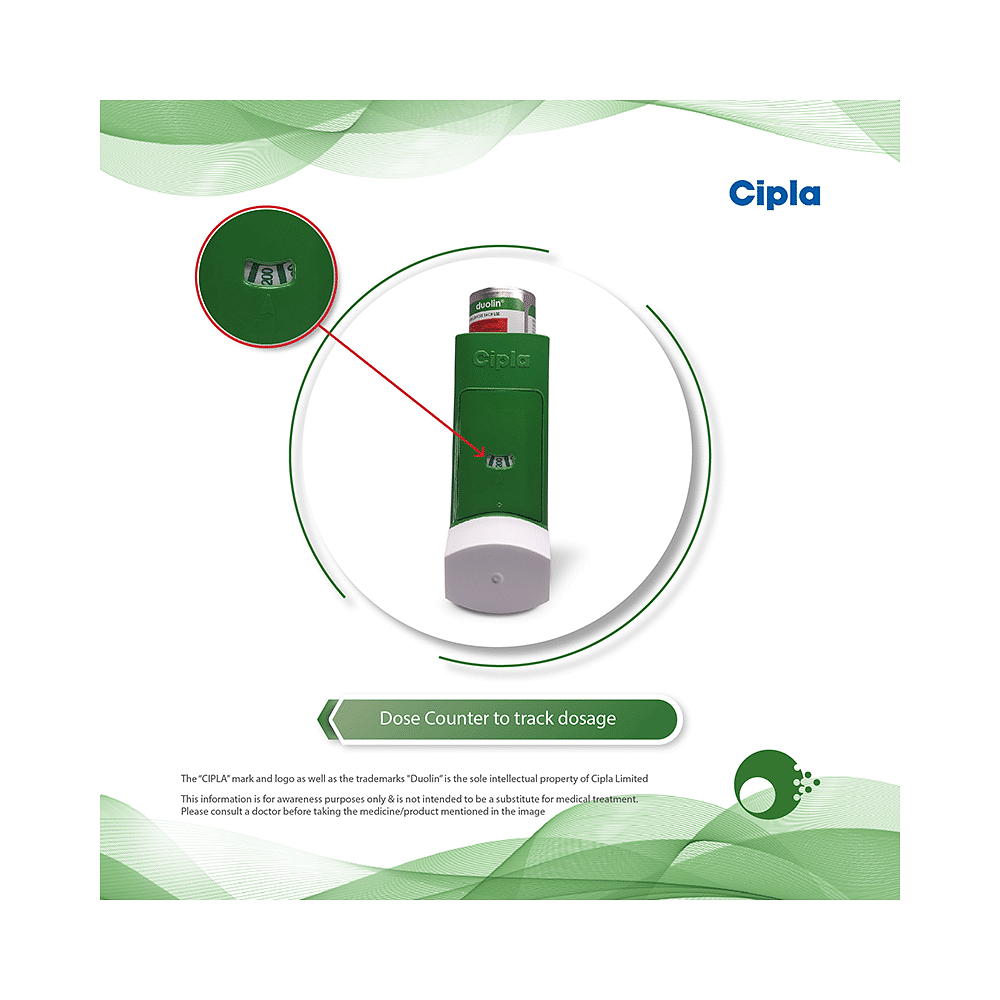
Duolin Inhaler
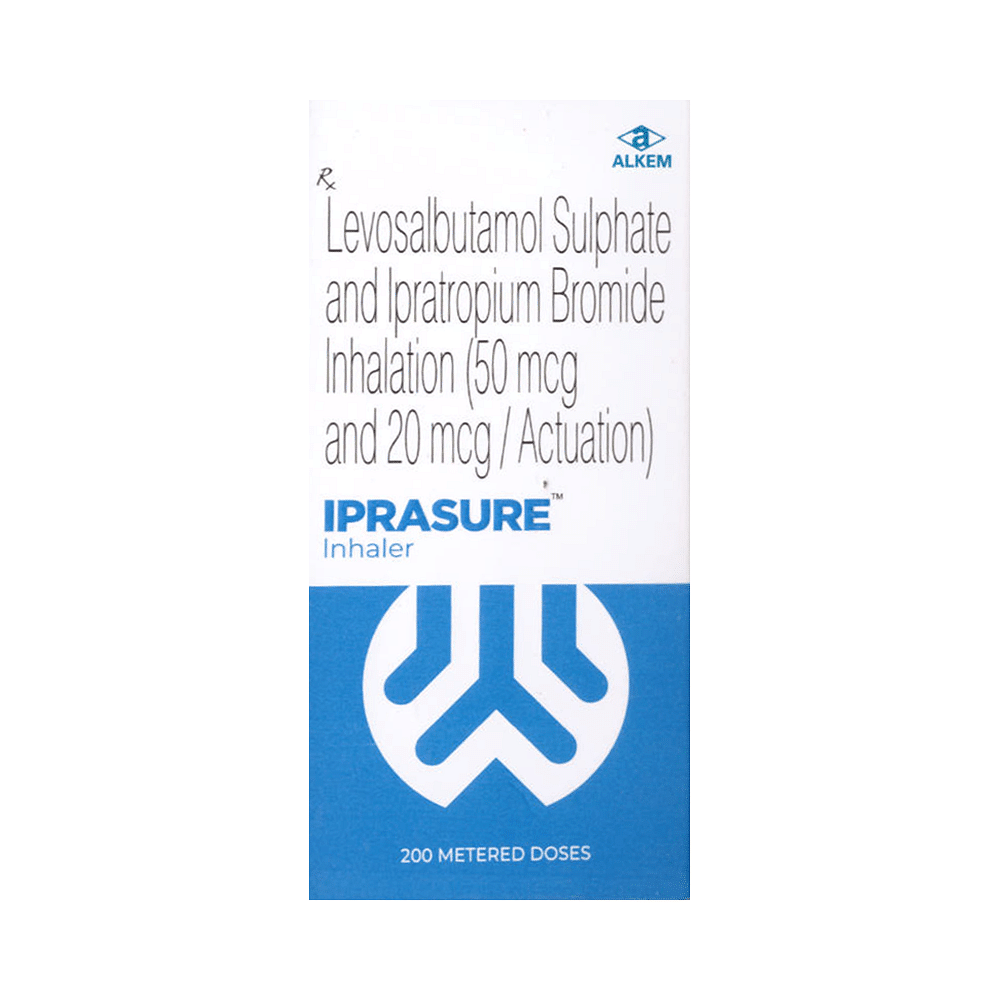
Iprasure Inhaler

Ipracort LS 50mcg/20mcg Inhaler

Ludolin CFC-Free Inhaler

Ipradin LS 50mcg/20mcg Inhaler

Tropivent L Inhaler

Combolin 50mcg/20mcg Inhaler
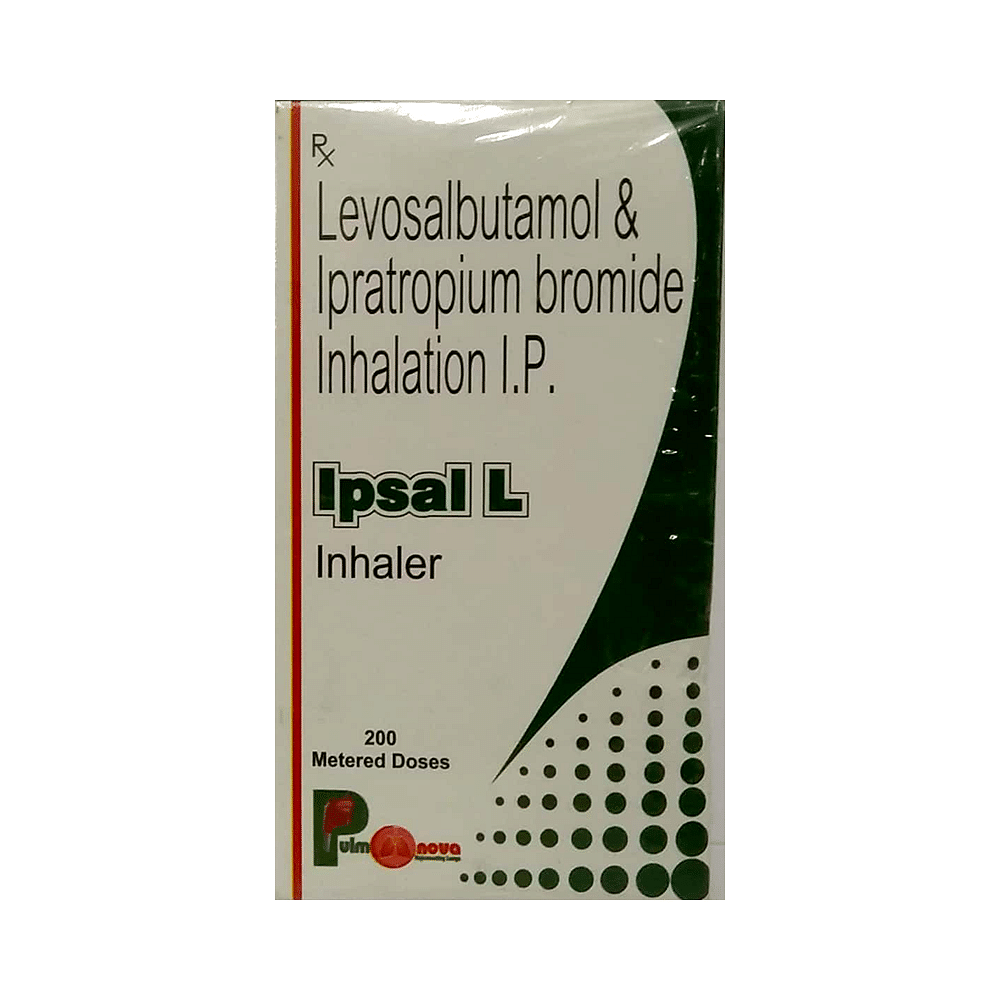
Ipsal L Inhaler
Frequently asked questions
Are there any medicines which I should avoid while taking Combimist-L CFC Free Inhaler?
Concurrent use with other medications such as anticholinergic agents, beta-adrenergic agents, beta-blockers, diuretics, digoxin, MAO inhibitors, or antidepressants is not recommended.
Will Combimist-L CFC Free Inhaler be more effective if taken in higher doses?
Increasing the dosage of Combimist-L CFC Free Inhaler will not enhance its effectiveness and might lead to increased side effects. If symptoms persist, consult your healthcare provider for a re-evaluation.
Can the use of Combimist-L CFC Free Inhaler cause sleepiness or drowsiness?
Yes, Combimist-L CFC Free Inhaler may induce sedation or drowsiness. Avoid driving, operating machinery, working at heights, or engaging in potentially dangerous activities until you are familiar with how the medication affects you. Inform your healthcare provider if experiencing such episodes during treatment.
Can the use of Combimist-L CFC Free Inhaler cause dry mouth?
Yes, Combimist-L CFC Free Inhaler may result in dry mouth. Maintain adequate hydration by drinking plenty of water throughout the day and keep a glass of water nearby at night.
What are the instructions for storage and disposal of Combimist-L CFC Free Inhaler?
Store this medication in its original container, securely closed. Refer to the accompanying packaging or label for specific storage instructions. If any unused medication remains, ensure proper disposal by following local regulations and avoiding access by children, pets, or other individuals.


